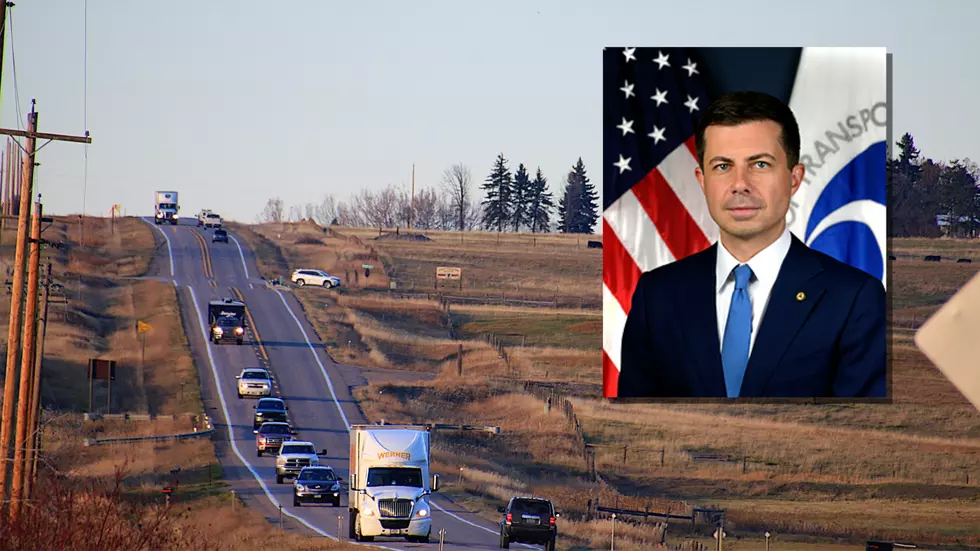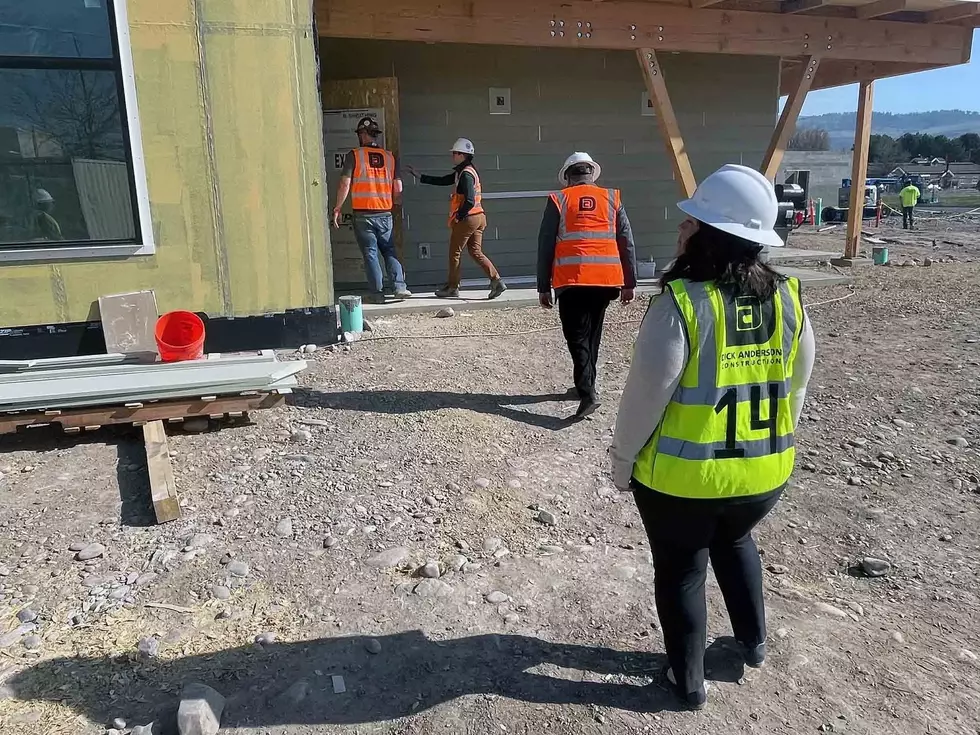
County adopts new Wye district, eyes infrastructure to guide growth
Martin Kidston
(Missoula Current) The official adoption of a new targeted development district at the Wye drew praise from economic officials, agricultural backers and developers last week for its focus on bringing infrastructure to the area.
Missoula County approved the new Targeted Economic Development District on Thursday, a move that will enable the county to direct tax increment from new development within the district back into infrastructure, not unlike similar district in the city.
“It enables local governments to address infrastructure deficiencies that are impeding industrial growth,” said Emily Brock, the county’s director of lands and economic development. “It will enable Missoula County to fund infrastructure to support value-added enterprises that will improve the economic wellbeing of Missoula.”
The county in August declared an infrastructure deficiency both north and south of the Wye, nearly three years after creating a smaller TEDD district in the area. The newest district encompasses a wider area, including that identified by the county in its growth policy as suited for urban-style development.
But the infrastructure needed to guide that development is lacking.
“It’s fair to say that in the future, not tomorrow or not even in five years, that the Wye will have a public water system and a public sewer system. That’s one of our goals,” said Brock.
The proposal was recommended for approval by the Consolidated Planning Board, which deemed the new TEDD as applicable to current zoning and the county’s land use element. As adopted, the district won’t change standing zoning, but simply sets the stage for future growth by investing in infrastructure.
“Nothing that we’re contemplating or discussing changes plans related to density that’s on the books right now,” said Commissioner Dave Strohmaier. “We set the vision and policy for growth several years ago. That could happen right now. This area has been zoned, and zoning determines what level of density, what type of growth can occur.”
The new Wye district
The new district spans around 3,200 acres surrounding the I-90 interchange with Highway 93. The land-use element adopted by the county in 2019 identifies the area for a number of uses including industrial and commercial growth, and workforce housing.
To bring that plan to fruition, the county must find ways to fund the necessary infrastructure including water and sewer, roads and other public needs. It may also use any tax increment generated in the district to match federal grants to fund a portion of the work.
“We’re creating a tool so we can reinvest those taxes in the area back into the area so we can build infrastructure. That’s going to happen more quickly because of this tool,” said Commissioner Josh Slotnick. “The plan was made a long time ago that this area is going to be built out to high density. What we’re talking about right now could take 20 to 40 years.”
Grant Kier, president of the Missoula Economic Partnership, backed the plan as a smart way to approach planned growth.
“A lot of effort went into the growth policy and zoning update to identify places where we can accommodate building houses people can afford to live in in Missoula County, which is getting harder and harder to do,” said Kier. “We also know that many of our businesses in town and in the area are struggling to find places where they can continue to grow and do business in our community.”
A number of large, undeveloped properties remain in the area, while some parcels have already been cleared for development, other owners are waiting for the infrastructure.
Jason Suchecki of ASA Ventures said his company owns 100 acres within the new Wye district. Developing the necessary public infrastructure will help fuel private development, and possibly at a lower cost, he said.
“Expansion of the infrastructure and water, anything we can do with public assistance, will greatly help out,” said Suchecki. “We have high demand for folks looking for this type of housing we’re trying to provide. With the escalated costs that have come along with the infrastructure prices, anything we can do together to help alleviate some of that is a big benefit for the area and the community as a whole.”
Members of the agricultural community also backed the plan, saying the land-use element helps preserve valuable ag soils by focusing future growth in areas deemed less valuable.
“By focusing more housing infrastructure already slated for greater development, and for soils not as productive for ag in that area, we can provide both housing and the protection of critical ag soils in areas where it’s most suitable,” said Bonnie Buckingham with the Community Food and Agricultural Coalition.
LOOK: 25 must-visit hidden gems from across the US
Gallery Credit: Abby Monteil
More From Newstalk KGVO 1290 AM & 98.3 FM









